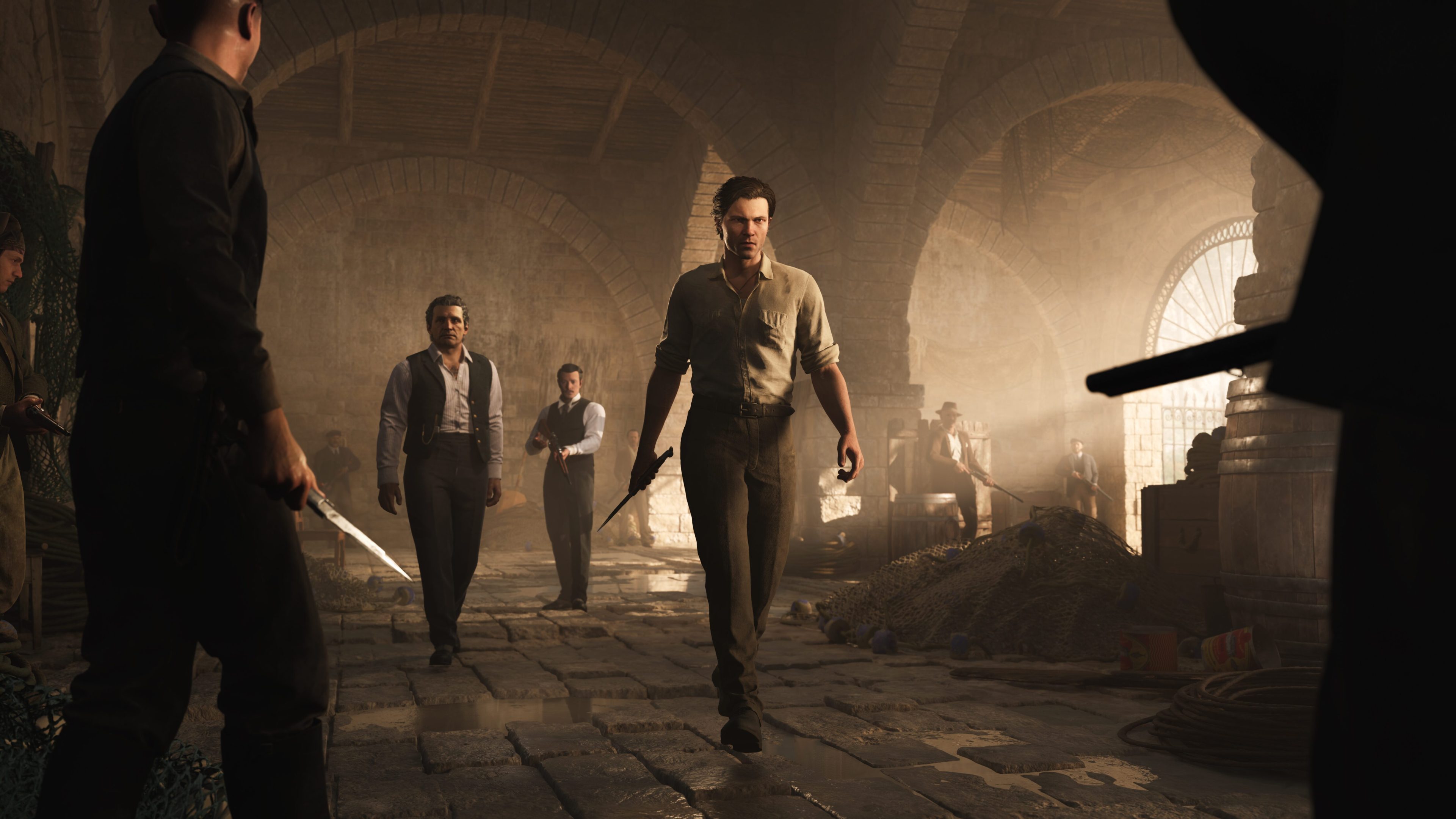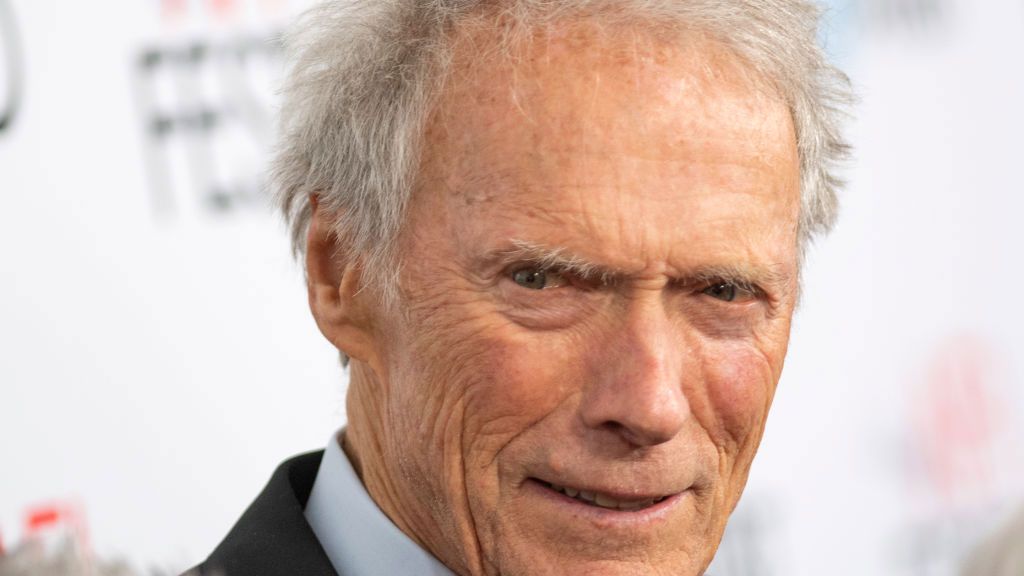Bluesky has decided to go dark in Mississippi because of the new age verification law. They’d rather block access than face hefty fines of up to $10,000 for violations. So, if you're in Mississippi, no Bluesky for you. Just another day of scrolling and finding nothing interesting.
#Bluesky #Mississippi #AgeVerification #SocialMedia #OnlineSafety
#Bluesky #Mississippi #AgeVerification #SocialMedia #OnlineSafety
Bluesky has decided to go dark in Mississippi because of the new age verification law. They’d rather block access than face hefty fines of up to $10,000 for violations. So, if you're in Mississippi, no Bluesky for you. Just another day of scrolling and finding nothing interesting.
#Bluesky #Mississippi #AgeVerification #SocialMedia #OnlineSafety














